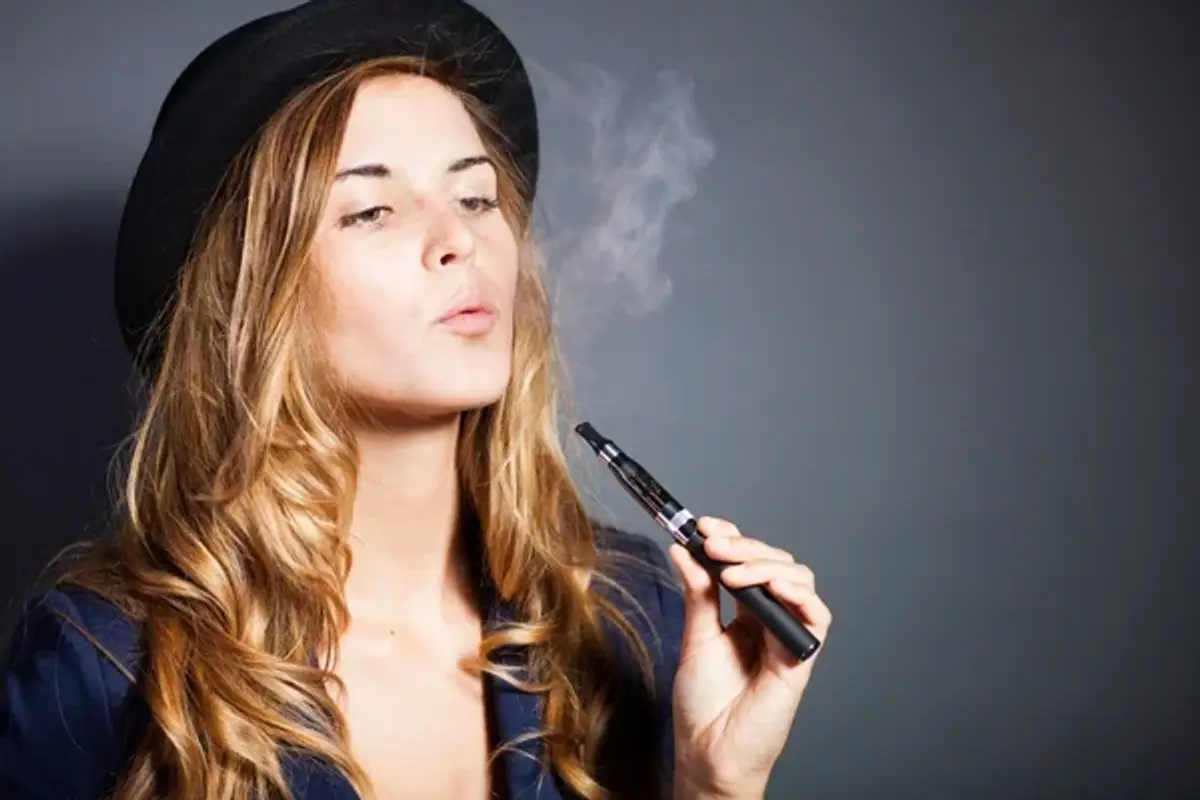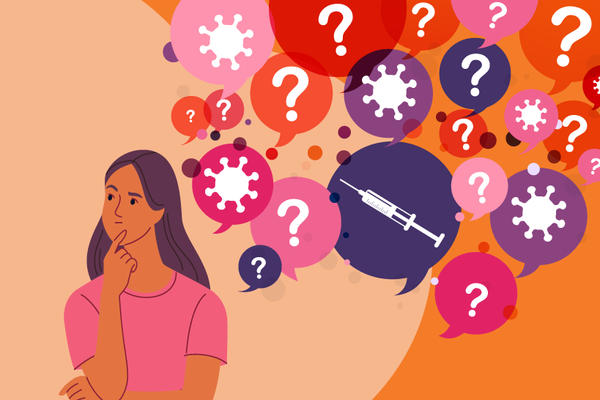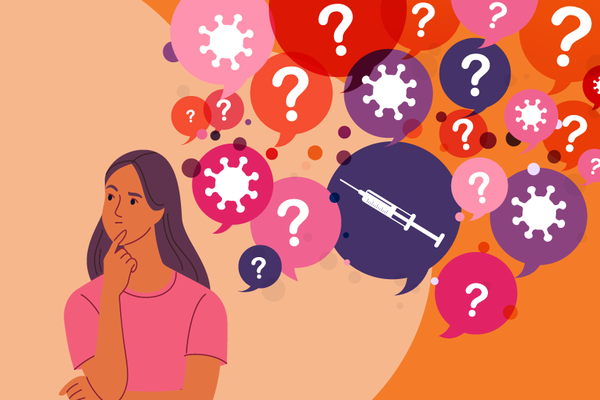News of the huge increase of teens using electronic cigarettes and hookahs is disturbing. And, yet, the news isn't causing much of an uproar. Are we—like many teens—deluding ourselves into thinking that vaping is trendy, harmless fun?
Have we forgotten the Surgeon General's 1964 report, stating definitively that tobacco is harmful to our health? That report linked smoking to lung cancer, laryngeal cancer and chronic bronchitis. In the five decades since then, tobacco has been linked to many more cancers and serious health problems, as well as decreased life span.
The generations of people who had smoked without a second thought faced the hard—and sometimes impossible—challenge of trying to kick the habit, once they realized they'd been tricked into a serious, life-threatening nicotine addiction.
Now, here we go again.
The recently released 2014 National Youth Tobacco Survey found that 25 percent of high school students had used a tobacco product in the past month. And one in 13 kids in middle school admitted to using a tobacco product in the past month.
The experts say it's a good news/bad news situation because the percentage of children smoking cigarettes fell from 16 percent to 9 percent between 2011 and 2014. But, during that same period, hookah (water pipe) use doubled among high school students. And in just one year—from 2013 to 2014—e-cigarette use among middle and high school students tripled, according to the Centers for Disease Control and Prevention.
E-cigarettes now eclipse every other tobacco product used by teens for the first time. Of the 4.6 million young people who admitted using tobacco in the survey, 2.4 million chose e-cigarettes. And almost that many said they'd used more than one type of tobacco product during the past month.
Almost as scary as the sheer numbers is the meteoric rise in young people's acceptance of vaping—the practice of inhaling nicotine vapors. The social stigma that has steadily pushed smoking rates lower seems absent in relation to e-cigarettes and hookahs.
Some bars promote availability of hookahs, and it's common to see young people puffing on battery-operated e-cigarettes, with that familiar cloud encircling their heads. A survey released last year showed that a wide majority of young adults believe e-cigarettes are less hazardous than regular cigarettes.
E-cigarette users argue that they're not smoking, and therefore it's not as harmful as smoking cigarettes, cigars and pipes.
Are they really harmless?
Not likely. While it's true that e-cigarettes and hookahs don't burn tobacco, they do create a nicotine vapor that is inhaled, and the safety of that is far from proven. In addition to the possibly harmful and addictive effects of nicotine, tests have discovered chemical contamination in some e-cigarettes.
As for bystanders, although there is no second-hand tobacco smoke produced, experts say there is a possible risk to nonusers from e-cigarette emissions.
E-cigarettes often are promoted as an alternative to tobacco cigarettes and as a way to stop smoking, but there's no proof that they're safe or effective in helping people quit. Among youth and young adults who say they've tried e-cigarettes, very few were using them as a way to quit smoking.
This lack of information led the Forum of International Respiratory Societies (FIRS) to call on governments to ban or limit the use of e-cigarettes until more is known about their health effects. Further, the organization said that health and safety claims about e-cigarettes should be supported by scientific evidence. And that evidence should not come solely from tobacco companies and e-cigarette makers.
The U.S. Food and Drug Administration is working to regulate the fast-growing e-cigarette industry. It seeks authority to impose the same restrictions on e-cigarettes as on tobacco products, including no sales to minors.
Does it all sound familiar? Remember when we first learned that nicotine was addictive? And we discovered that manufacturers had laced cigarettes with all sorts of harmful chemicals? Remember when people thought that chewing tobacco wasn't really harmful? Until we realized it was.
Nicotine in any form is dangerous and highly addictive—and even more so for children. Young brains are still developing, researchers note. Additionally, exposure to nicotine early in life increases risk for addiction. That includes exposure by e-cigarettes and hookahs.
It's simple, really: Youth should not use tobacco in any form. That's the opinion of Benjamin Apelberg, branch chief of epidemiology at FDA's Center for Tobacco Products, and many other health experts.
What can we as parents do?
First, set an example. If you smoke or vape or use any nicotine product, quit.
Second, talk to your children and make sure they understand the dangers of nicotine—even the potential dangers.
Finally, if they've lost someone they loved to cancer or other tobacco-related illness, remind them.
That may seem harsh. Sometimes being a parent isn't easy. But neither is kicking a nicotine habit.







